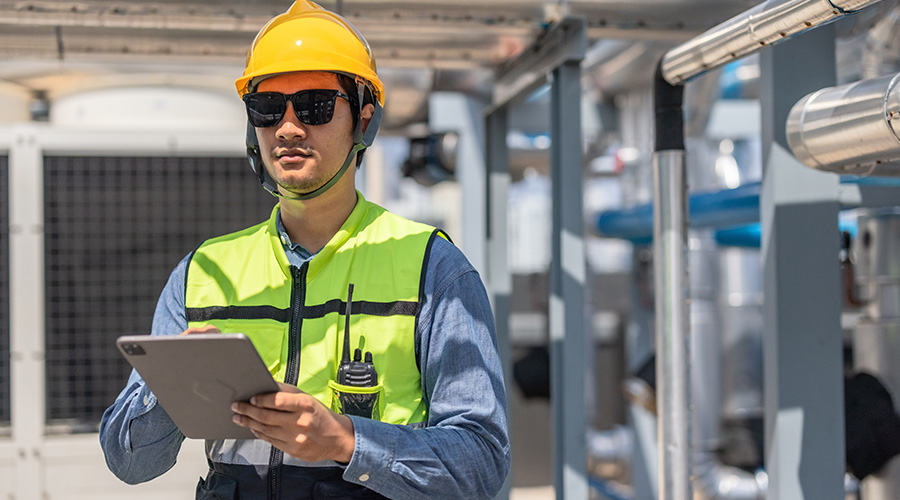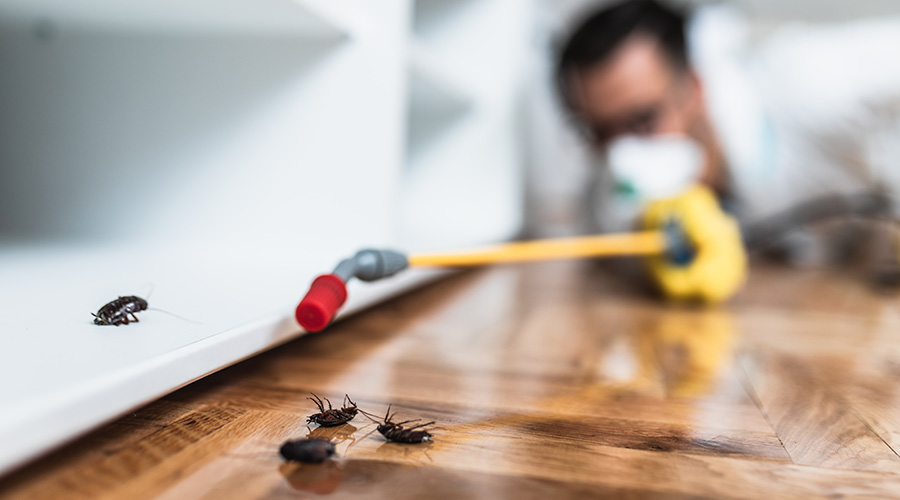Focus on Cleaning Processes, Certifications, Suppliers Pays Off
Other steps that facility managers can take to continually improve the "greenness" of their cleaning programs including a focus on processes, considering certified products, and working with suppliers. Here's a closer look at each.
Look at process, as well as products and equipment: "Green cleaning is much more than simply swapping out current cleaning products for their environmentally preferable counterparts," says Bill Balek, director of legislative and environmental services with ISSA (the Worldwide Cleaning Industry Association). New processes also are essential. Balek provides a simple example: Spraying glass cleaner onto a rag, rather than on the window surface, minimizes the aeration of the chemicals in the cleaner, reducing human exposure to them.
Many environmentally responsible products are concentrated, and then diluted with water for application at the point of use. This further lowers their environmental impact, as they typically require less packaging and take up less room in transit, says Naser Gjeloshi, a senior vice president with Pristine Environments.
Consider certified products: A number of independent organizations, such as Green Seal, EcoLogo, and the EPA's Design for the Environment (DfE) Program analyze and certify the environmental impact of different products. These analyses can be especially helpful when trying to determine the impact of different chemicals, Ashkin says, since, if you're not a chemist or toxicologist, it's difficult to compare the environmental impacts of different products. Moreover, thousands of products are certified, so they're generally easy to find.
This is key, as a single definition of "green" doesn't yet exist, Elliott says. Facilities professionals want to be aware of "greenwashing," in which companies present misleading claims about the environmental impact of their products or services.
Work with suppliers: If vendors haven't offered green cleaning supplies, it pays to ask what they carry, and which new products they've picked up lately. While some vendors volunteer this information, others may worry that sales of green products will cut into their sales of other, potentially more profitable, products.
If they mention a price increase to go green, Ashkin advises negotiating. "It's no longer true," he says, that the only things available are expensive green products.
Experts also recommend asking about the service provider's own sustainability initiatives. Does it use sustainable products in its own facilities? Are its own buildings LEED certified? In total, does it practice what it preaches?
With green programs, the people, planet, and profit all have to benefit, says Jennifer Corbett-Shramo, chief executive officer with Innovative Cleaning Services, Inc. Check that the provider's product and service offerings are safe, cost-effective, and good for the environment, she says.
After all, the industry will change when buyers of these products and services decide they'll work with companies or individuals that use sustainable, least harmful products and methods. To provide some incentive, agreements with service providers can be structured so that the vendors make more money when using least-harmful products. "Everyone has skin in the game," Elliott says.
Related Topics:













